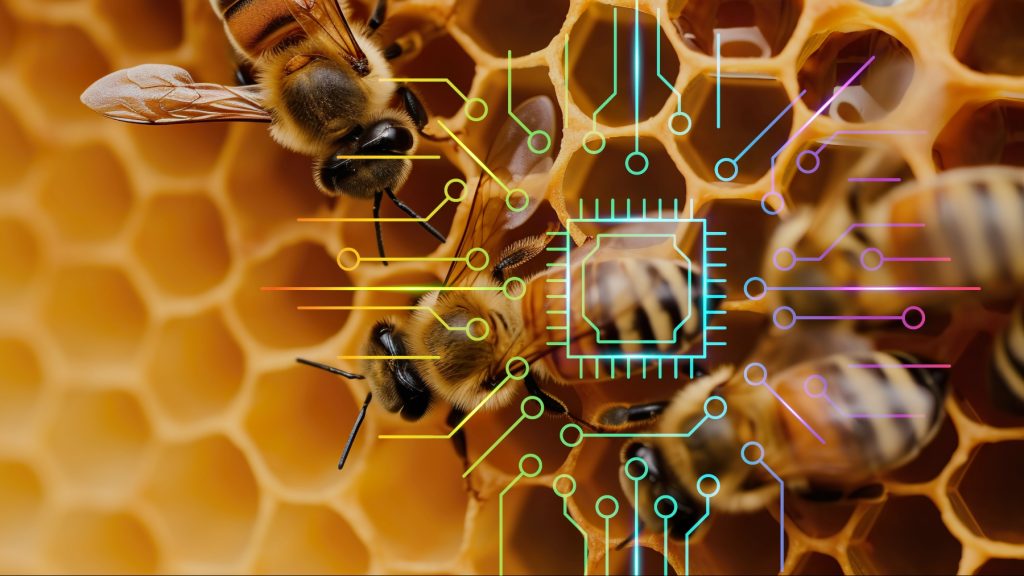
Biologists in their recent research and meetings held in Seattle, are utilizing Artificial Intelligence (AI) and Machine Learning (ML) to study and track animal behaviors. Insect odor detection, bee cooling process, zebra tracking, and insects’ treadmills.
Picture, if you will, the tiniest treadmill on Earth, hosting insects with minuscule sweat drops – a truly adorable mental image!
“AI and machine learning methods are being used in diverse sub-disciplines in biology — from neuroscience, molecular biology, to animal behavior,” said Jeff Riffell, a professor in the Biology Department at the University of Washington.
Insects Stink
Starting with insect odor detection, researchers at the University of Washington performed a system to study how insects, especially moths that are butterfly-like, detect odors in their environment. This required a machine learning model to predict how moth’s neurons react to various mixtures of smelly chemicals.
Bees’ Hotness
Hopping onto how bumblebees adjust the temperature during hot weather through fanning their wings. Scientists at the University of Wisconsin used an automated imaging system to trail individual bees that are subjected to simulated heatwaves. All they wanted was to comprehend how bees respond to heat, granting perceptions of how they are adaptable to climate change. They employed AI, particularly deep learning to identify and analyze the individual bees’ fanning act.
The cuteness reaches unprecedented levels with the most interesting part that induced my ragworm brain since the beginning as researchers at Imperial College London used small treadmills to measure the movement of insects. Oh, I can’t tolerate the level of cuteness here, a three-dimensional model of insects is created and generated by a gaming engine.
Chasing Zebras
Transitioning from microscopic creatures to the wild ones. Zebras.
This time scientists at the University of Stuttgart and Princeton University displayed an open-source tool, named Smarter-LabelMe, that’s designed to portray animal behavior in general in the wild. This tool manages to categorize the data used to train machine learning models.
It was performed to compute zebras’ activity in their natural habitats from a drone’s view over large savannah areas.
Such integrations from AI and ML are crucial to advance knowledge of the life of animals, either insects or wild animals. It opens our eyes to the nearly opened door of the wildest and most spontaneous wonders of nature.
Inside Telecom provides you with an extensive list of content covering all aspects of the tech industry. Keep an eye on our Intelligent Tech sections to stay informed and up-to-date with our daily articles.